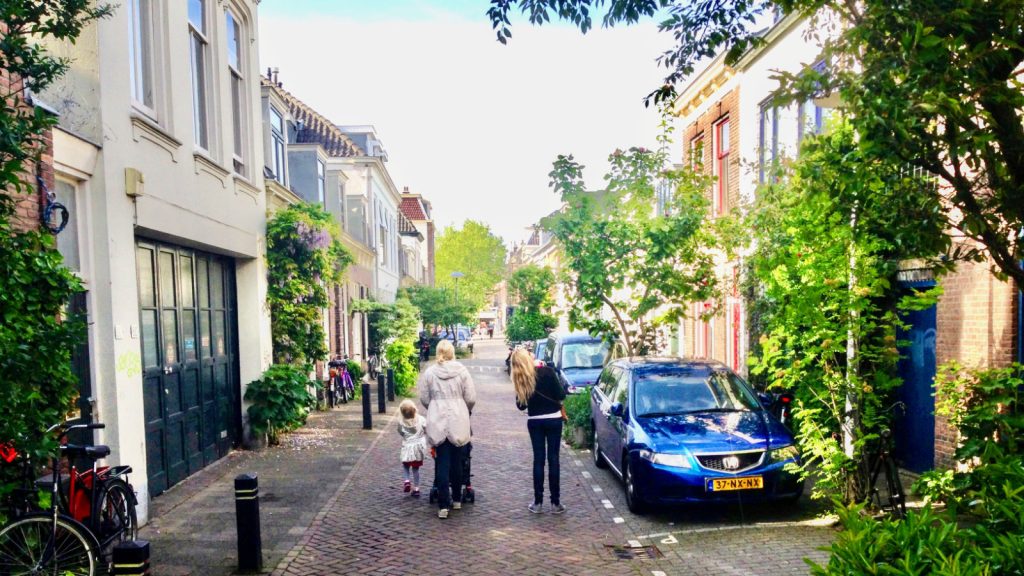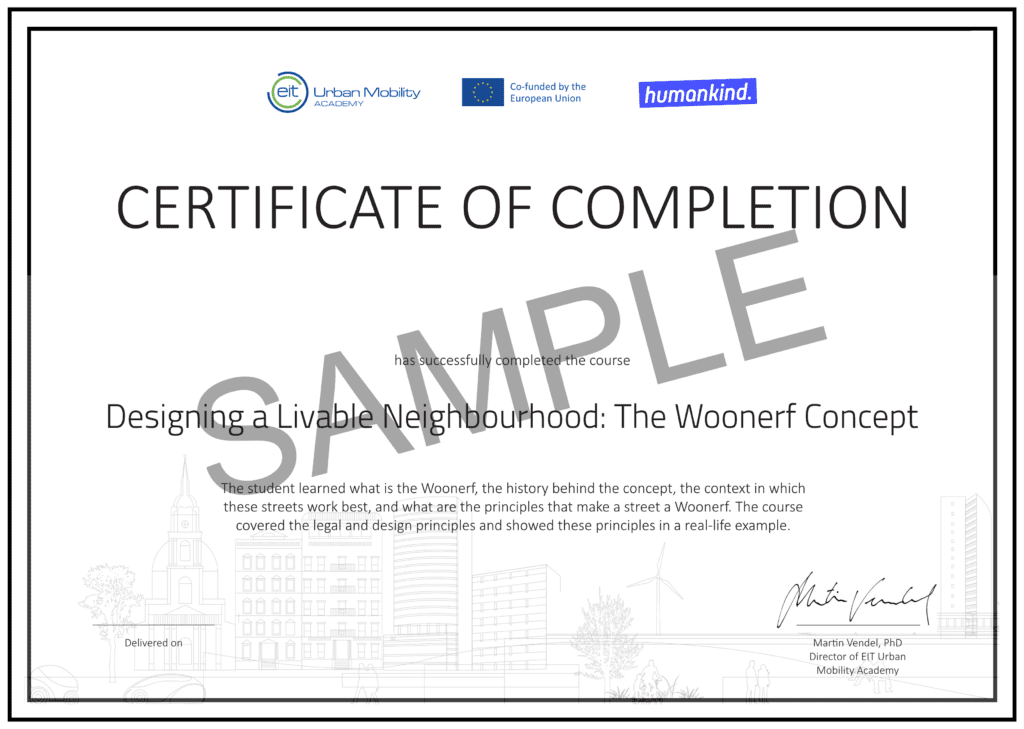Ratings and Reviews
5.0
Avg. Rating
2 Ratings
5
2
4
0
3
0
2
0
1
0
What's your experience? We'd love to know!
Login to Review
What's your experience? We'd love to know!
Login to Review





The Woonerf overview and design course served as an excellent reminder of what needs to be done to make streets and related spaces people-centric once again instead of auto-centric. The course outlined some simple, sensible, yet principled solutions to significantly calming auto traffic while expanding people-oriented spaces for walking, playing, and neighbourhood social interaction.